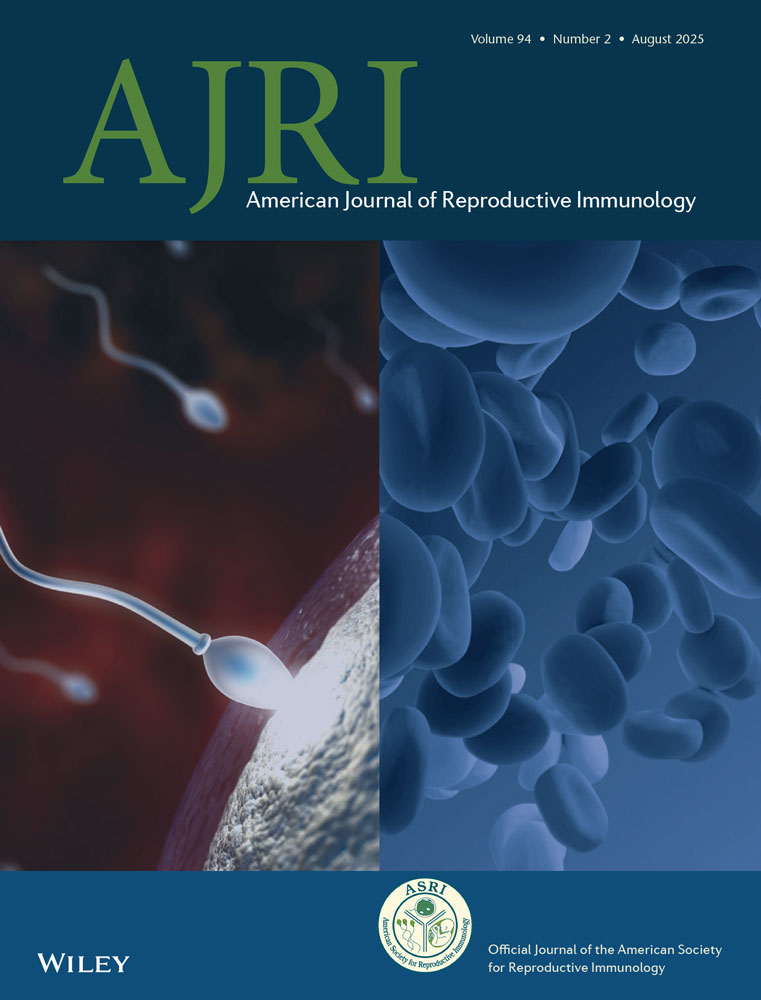Delineation Between T- and B-Suppressive Molecules From Human Seminal Plasma: I. Partial Characterization of a 180-kD Protein Inhibiting the B Response to T-Independent Antigens
Abstract
ABSTRACT: The immunosuppressive activity of fractionated human seminal plasma (SP) was investigated both in vitro (on human lymphocytes) and in vivo with Balb/ c mice. SP fractionation by dialysis allowed delineation of the major suppressor factors according to their respective sizes—small (< 12kD) or large (> 12kD). In vitro, large molecules were found to suppress the B-cell proliferative response induced by the Nocardia mitogen, while small molecules suppressed the T-cell proliferation induced by phytohemagglutinin. In vivo, immunosuppression was obtained almost exclusively on T-independent responses after preliminary treatments either with unfractionated SP or with large SP molecules. Both type 1 and type 2 T-independent responses were suppressed, as evidenced by plaque-forming cells and antibody assays. In contrast, no immunosuppression was found in vivo after treatment by small SP molecules. Purification of the B-cell suppressor by gel filtration and high-performance liquid chromatography, as well as by preparative isofocusing, indicated that its molecular weight was 180 kD and its isoelectric charge was between pH 5 and 6. This factor is a protein, as evidenced by pronase digestion. A possible role for this molecule in the protection of sperm against the female immune system is discussed.




